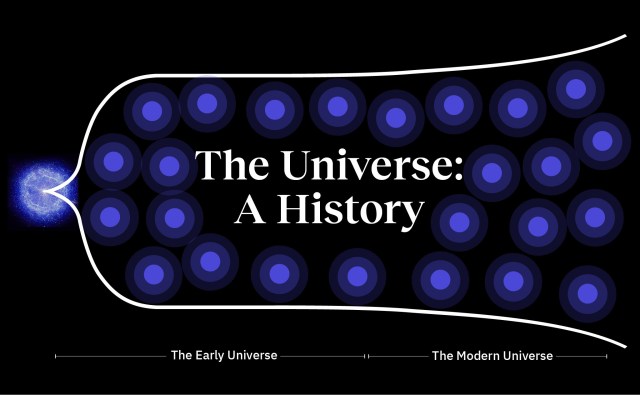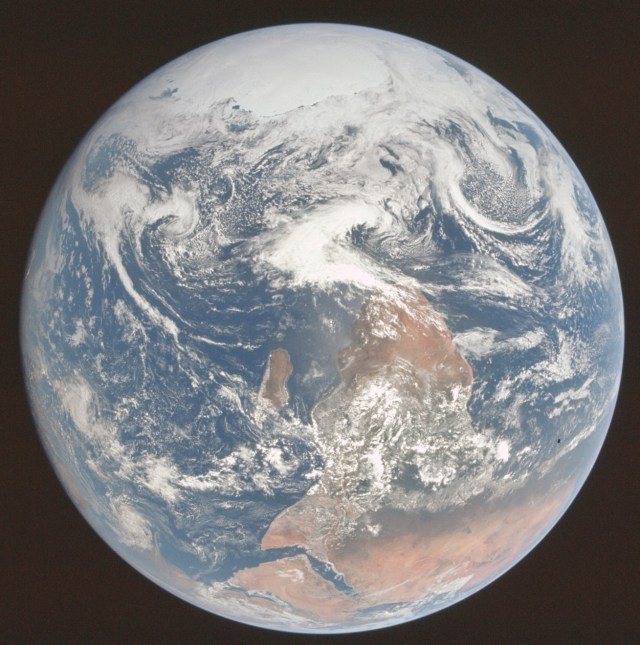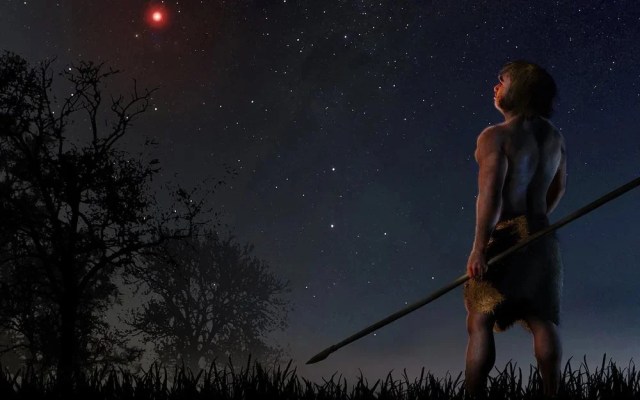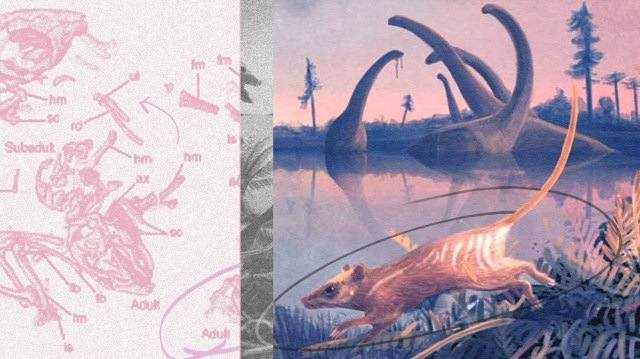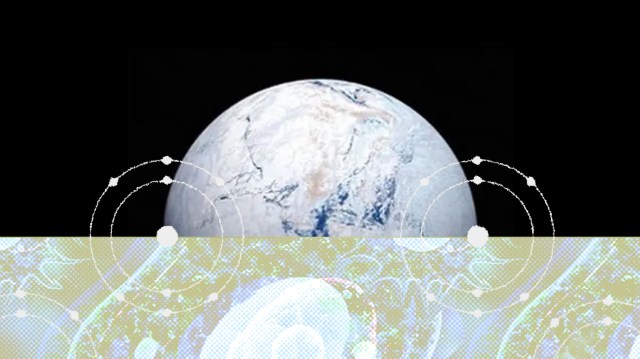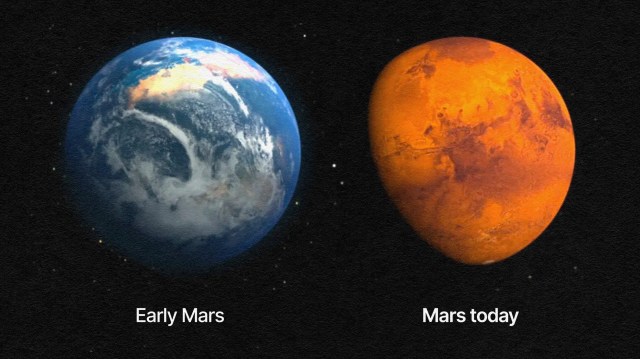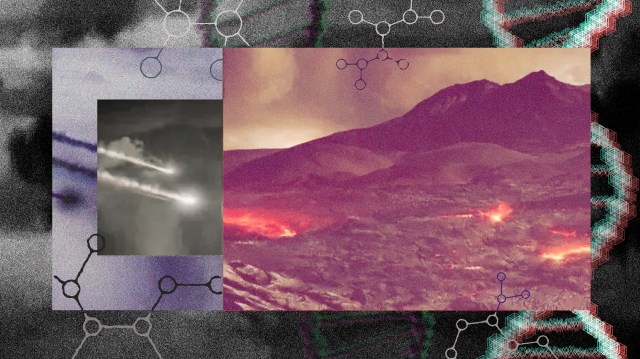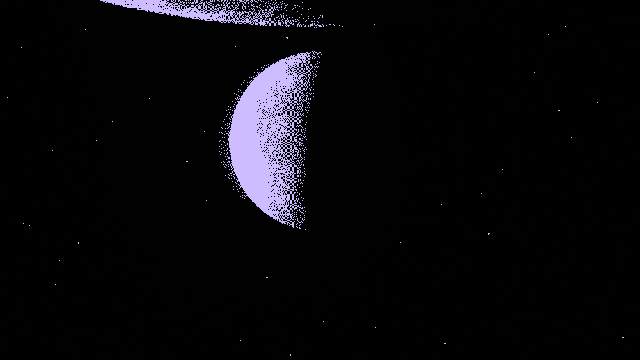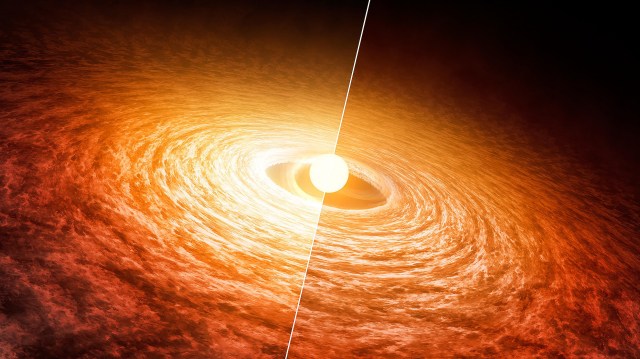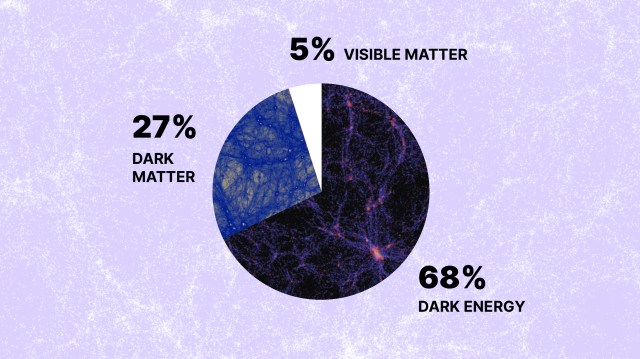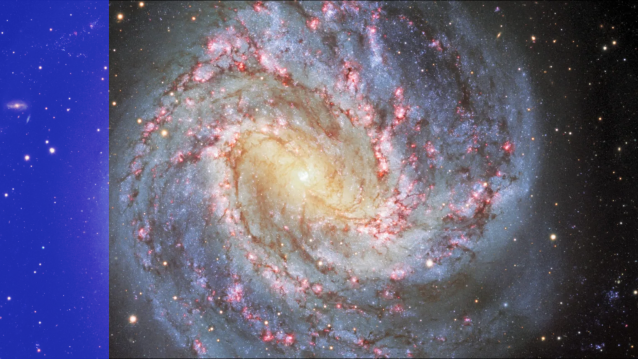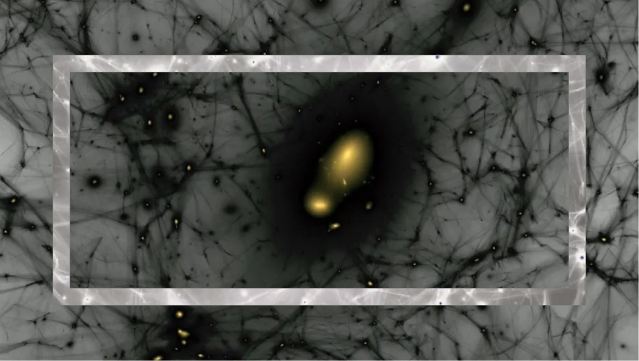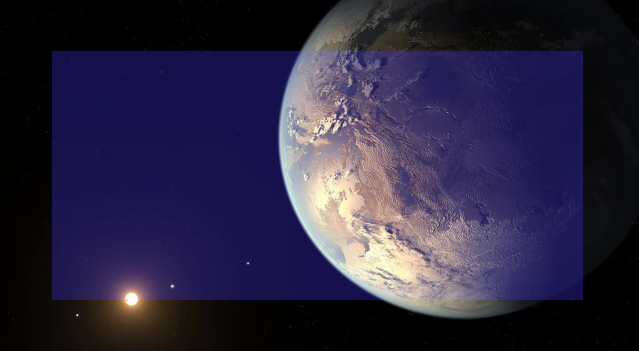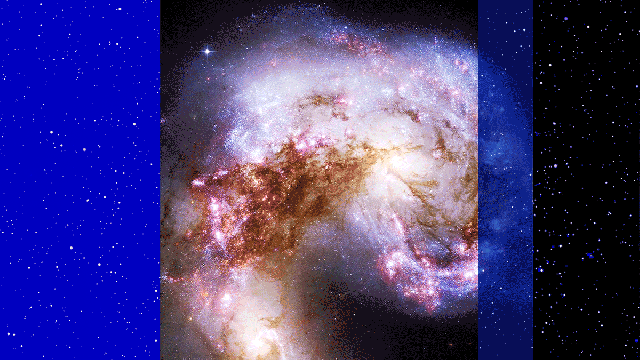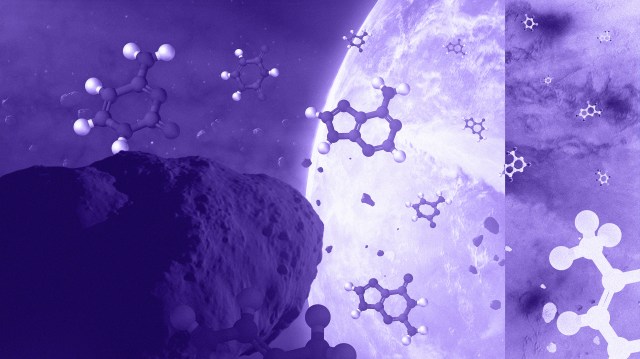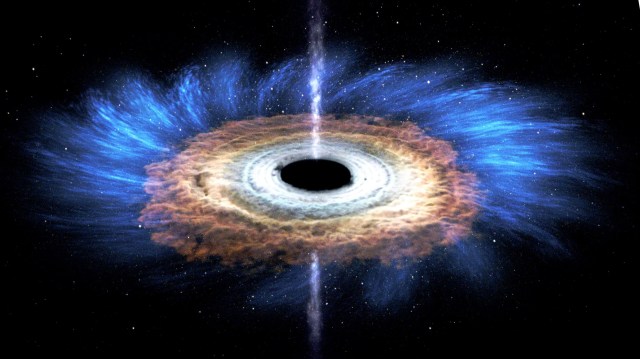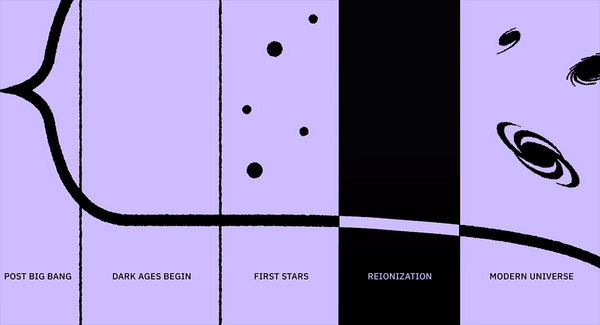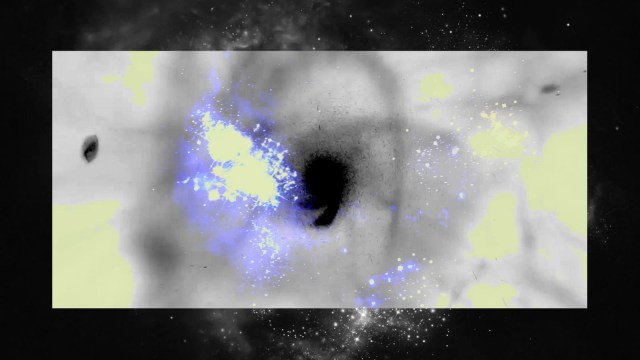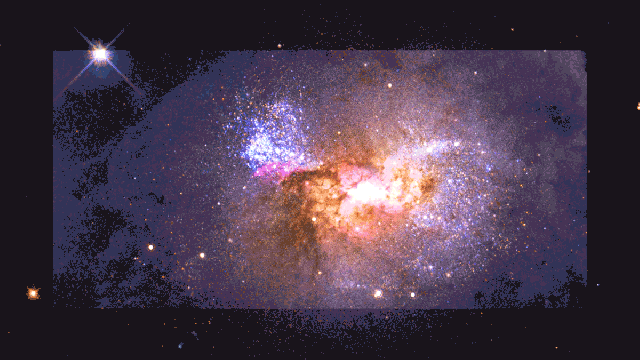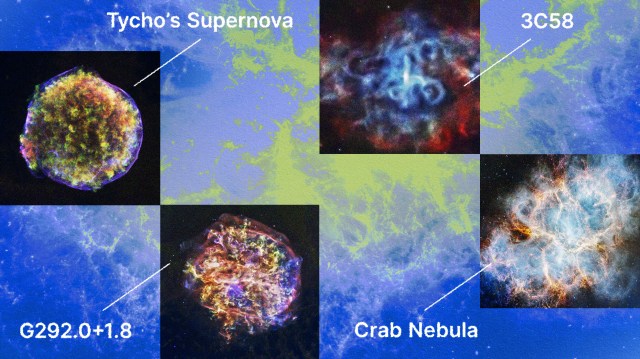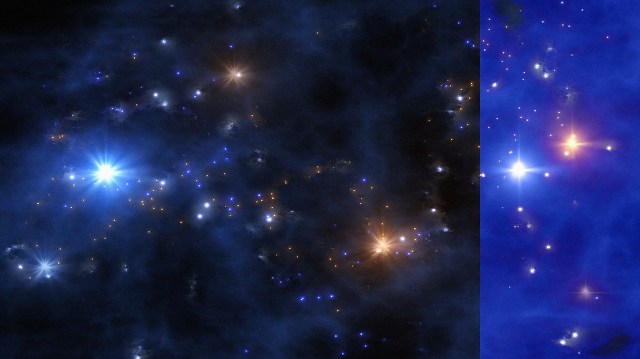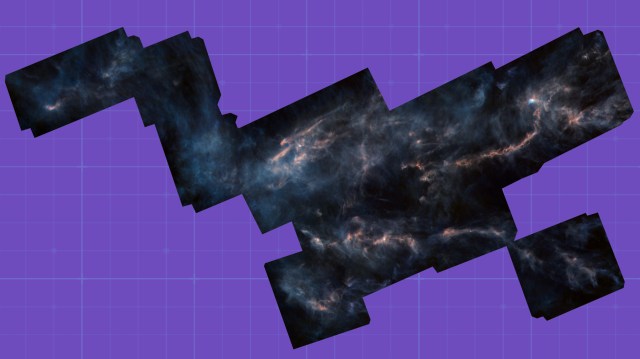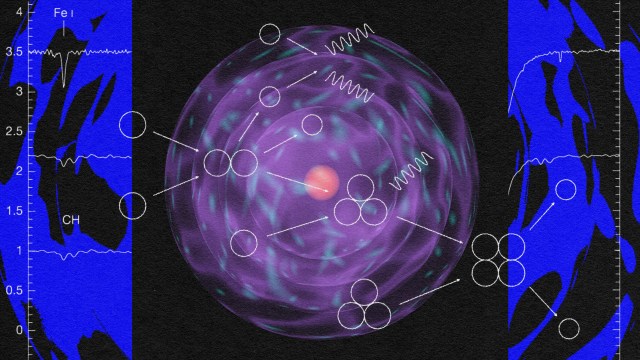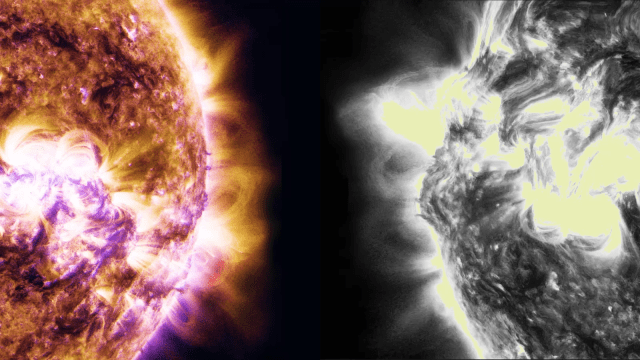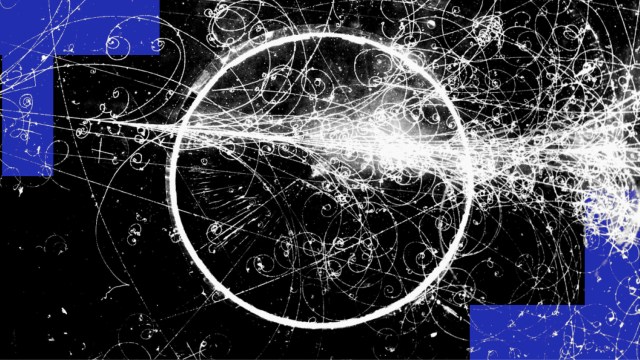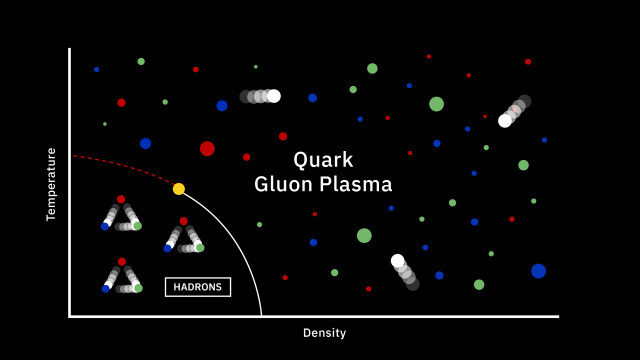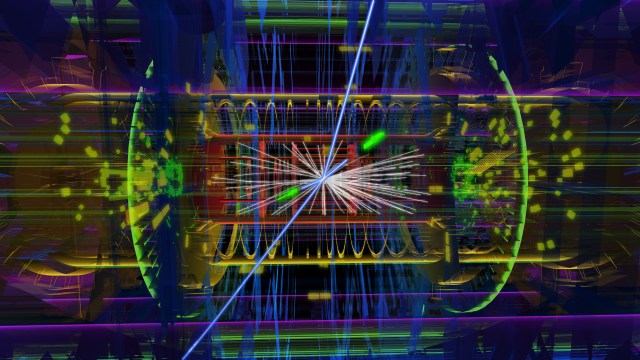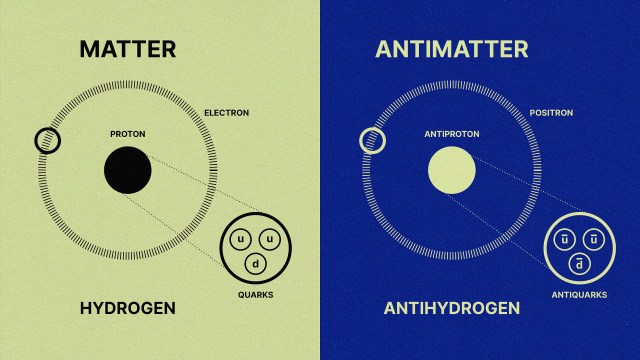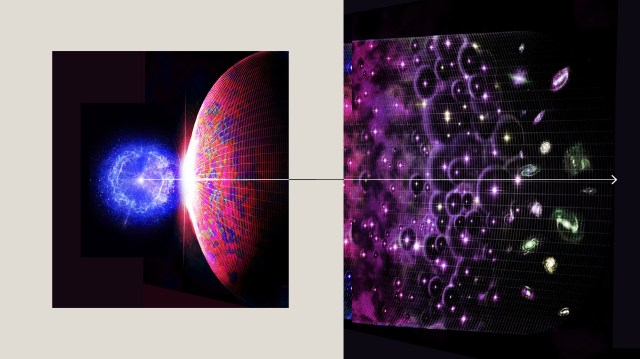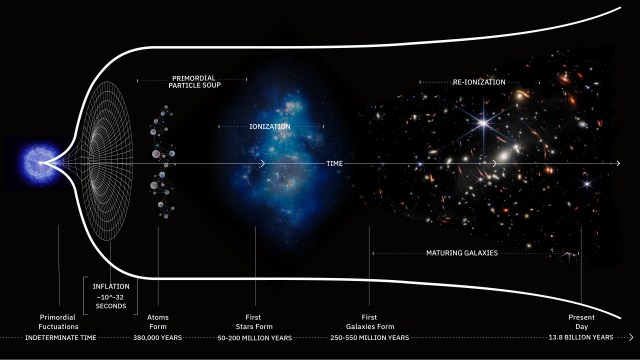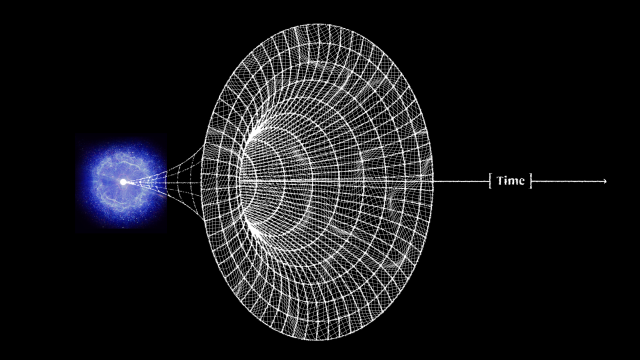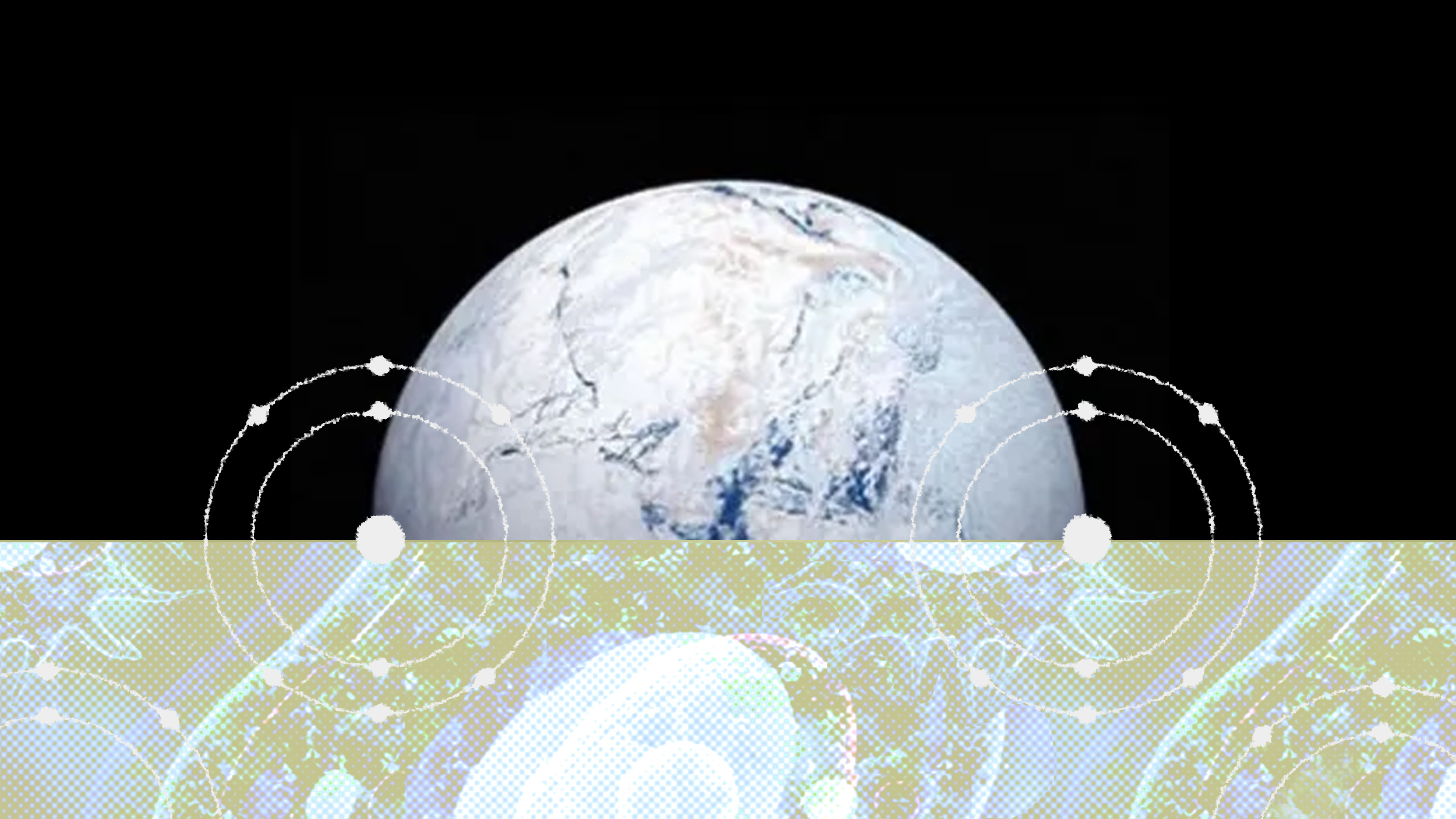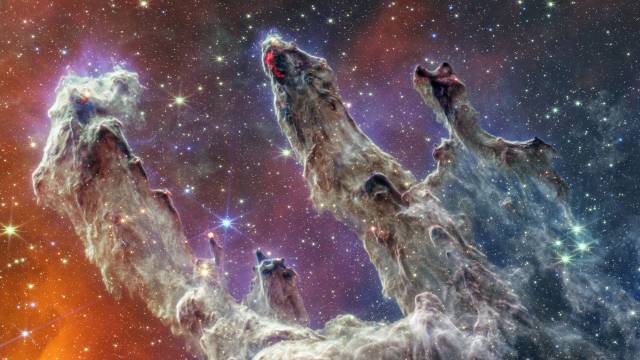What was it like when life on Earth became complex?
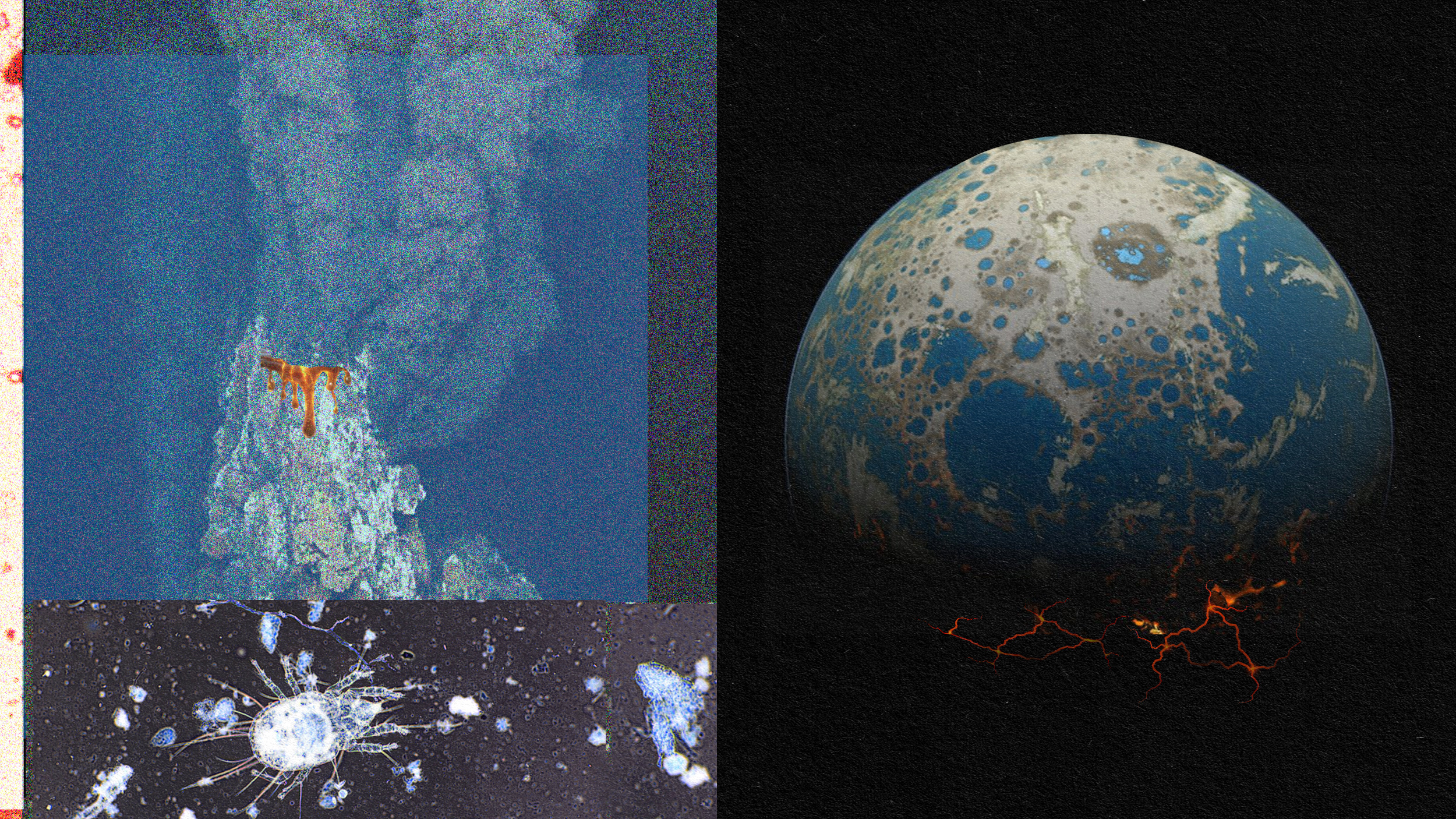
- Although life arose on planet Earth very shortly after Earth’s formation, that life remained simple: single-celled and without significant differentiation, for billions of years.
- With just a few advances occurring together, however, such as sex/gender and multicellularity, life’s complexity exploded, resulting in complex organisms such as plants, animals, and fungi.
- In the cosmic blink of an eye, life became incredibly complex, and those complex life forms have dominated the planet ever since.
A single look at Earth today, with enormous plants, animals, and fungi dominating the continents and oceans, is quite deceptive. For most of cosmic history, and indeed most of Earth’s planetary history, large, long-lived organisms were nowhere to be found. The Universe was already two-thirds of its present age by the time the Earth formed, and it’s true that life emerged on our planet shortly thereafter. But for billions of years, life remained in a relatively primitive state. It took nearly a full four billion years after our planet took shape before the Cambrian explosion came: where macroscopic, multicellular, complex organisms — including animals, plants, and fungi — became the dominant lifeforms on Earth.
As surprising as it may seem, there were really only a scant number of critical developments that were necessary in order for life to go from single-celled, simple life to the extraordinarily diverse sets of macroscopic, large-scale organisms familiar to us today. We do not know if the path taken by Earth life is one that’s common, uncommon, or rare among planets where life arises. We do not know whether complex life is ubiquitous or scarce when it comes to the broader Universe. But we are, with our modern knowledge of science, able to reconstruct a number of important points about how life came to be the way it is today on Earth. Here’s what we know.
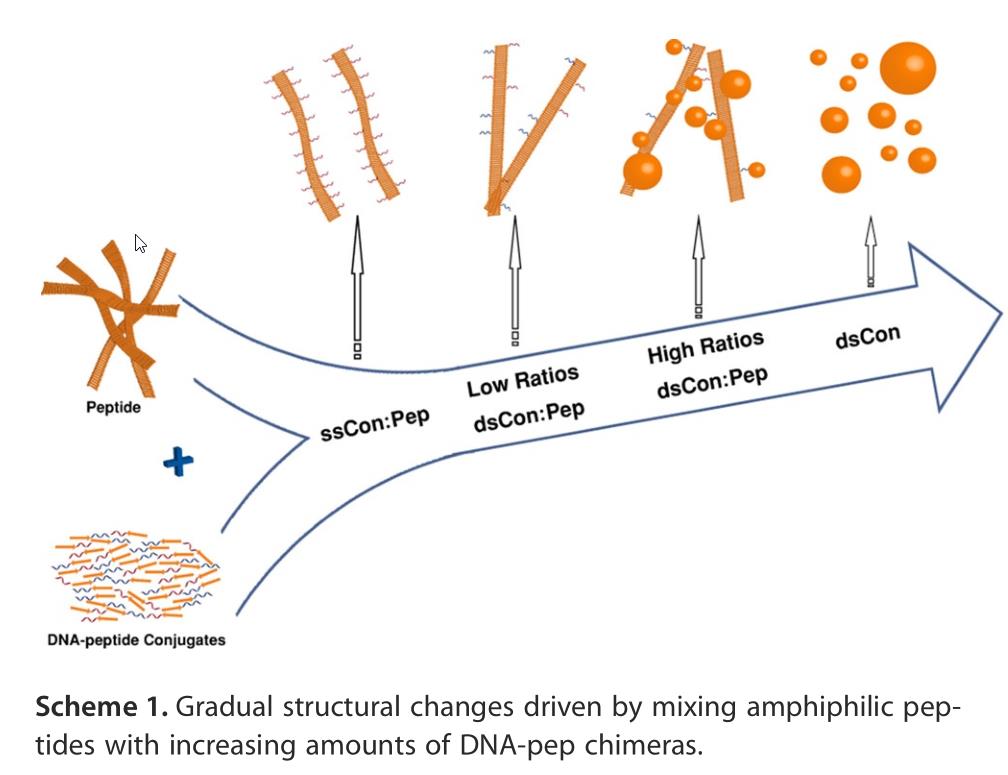
At some point relatively early on in Earth’s history, the first living organisms arose. The hallmark of life is that it:
- consumes nutrients and/or resources from its environment,
- has a metabolism,
- and is capable of reproducing itself in some fashion,
and such processes have been happening on Earth for, at minimum, close to four billion years: almost the entire history of our planet. These organisms (and their descendants) have continued to do this: harvesting energy and resources from the environment, metabolizing those nutrients to grow, they’re capable of reproducing, and they respond to external stimuli. As the environment changes around them, due to resource scarcity, competition, climate change, and many other factors, certain traits that these organisms possess increase the odds of survival, while other traits decrease them.
Owing to the phenomenon of natural selection, the organisms most adaptable to change were the ones that survived, thrived, and continued to reproduce, while those that were unable to adapt to change were the ones that died out. However, there are multiple mechanisms that can help organisms adapt to change, and not all of them are equally efficient. Relying on random mutations alone, for example, and passing those traits onto offspring, is extremely limiting as far as evolution goes. If mutating your genetic material and passing it onto your offspring is the only mechanism you have for evolution, you might not ever achieve what we recognize today as “complexity.”
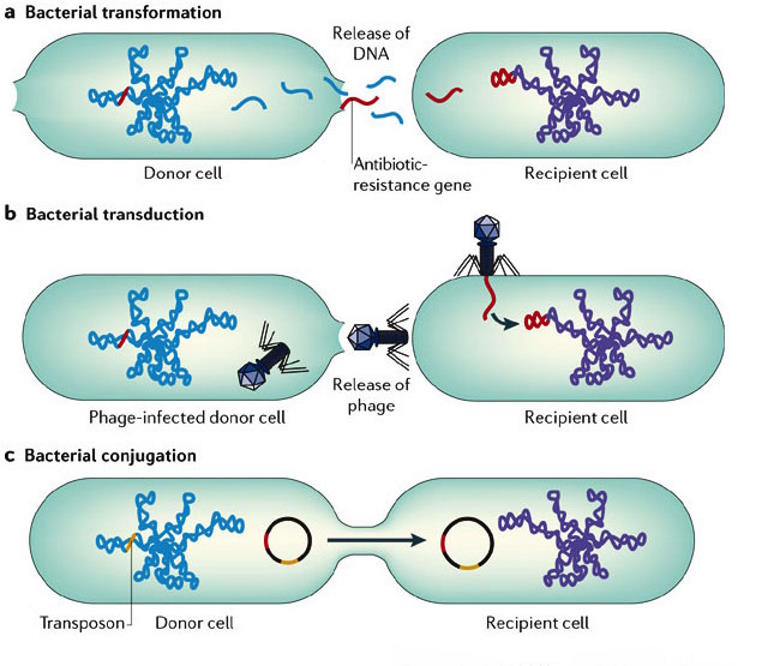
The first major step toward complexity occurred many billions of years ago, when life developed the ability to engage in horizontal gene transfer, where genetic material can move from one organism to another via mechanisms other than simple asexual reproduction. While there are multiple mechanisms by which horizontal gene transfer can occur — transformation, transduction, and conjugation, for instance — they all have something in common. Through this process, single-celled, primitive organisms which develop a genetic sequence that’s useful for a particular purpose can then have that sequence of genes transferred into other organisms, granting those new organisms abilities that those simpler organisms worked so hard to evolve for themselves.
Horizontal gene transfer, although it first arose long ago, still plays several important roles for living organisms today. It’s the primary mechanism by which modern-day bacteria develop antibiotic resistance, for example. Through the process of horizontal gene transfer, once one organism, even a primitive organism, develops a useful adaptation, other organisms can gain the advantage of that same adaptation without having to evolve it from scratch themselves.
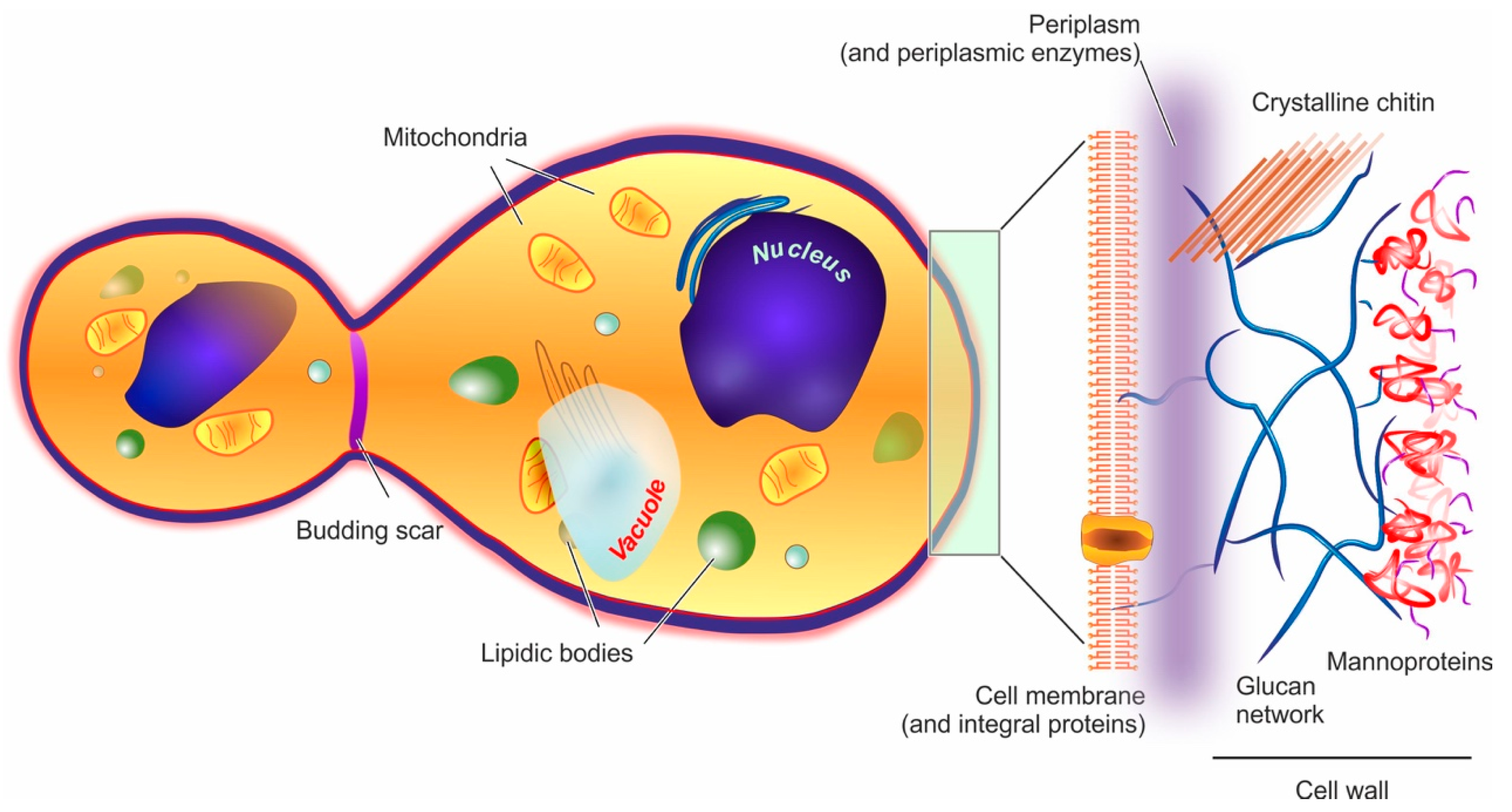
The second major evolutionary step toward complexity involved the development of specialized machine-like components that all exist, individually, within a single organism. The most primitive creatures have freely-floating bits of genetic material enclosed with protoplasm inside a cell membrane, with no cellular machinery that’s any more specialized than that. These are the prokaryotic organisms of the world: the earliest forms of life thought to exist, and by far the most numerous form of life on Earth today.
However, more evolved and more complex creatures contain within them the ability to create miniature factories, where each factory is capable of one or more specialized functions. These mini-organs, known as organelles, herald the rise of the eukaryotes. Eukaryotes are:
- larger than prokaryotes,
- have longer DNA sequences,
- but also have specialized components that perform their own unique functions.
What’s remarkable is that each organelle functions in a fashion that’s relatively independent of the overall cell or the greater organism that they inhabit.
Examples of these organelles include a cell nucleus, the lysosomes, chloroplasts, golgi bodies, endoplasmic reticulum, and the mitochondria. Mitochondria themselves are incredibly interesting, because they provide a remarkable window into life’s evolutionary past.

If you take an individual mitochondria out of a cell and place it into a nutrient-rich environment, you’ll find something quite surprising: it can survive on its own. Mitochondria have their own DNA and can metabolize nutrients: they meet all of the definitions of life on their own. But they are also produced by practically all eukaryotic cells. (There are a few eukaryotic cells that no longer produce mitochondria, but their ancestors once did at some point in evolutionary history.) Contained within the more complicated, more highly-evolved cells are the genetic sequences that enable these eukaryotic cells to create components of themselves, mitochondria, that appear identical to earlier, more primitive organisms. Contained within the DNA of complex creatures is the ability to create their own versions of simpler creatures.
When people study biology, they often learn that the most fundamental biological relationship is between the structures that an organism possesses and exhibits and the functions that those structures perform. If an organism develops the ability to perform a specific function, then it will have a genetic sequence that encodes the information allowing it to form a structure that performs that necessary function. If you can incorporate that genetic code into your own DNA, then you, too, can create a structure that performs the specific function in question.
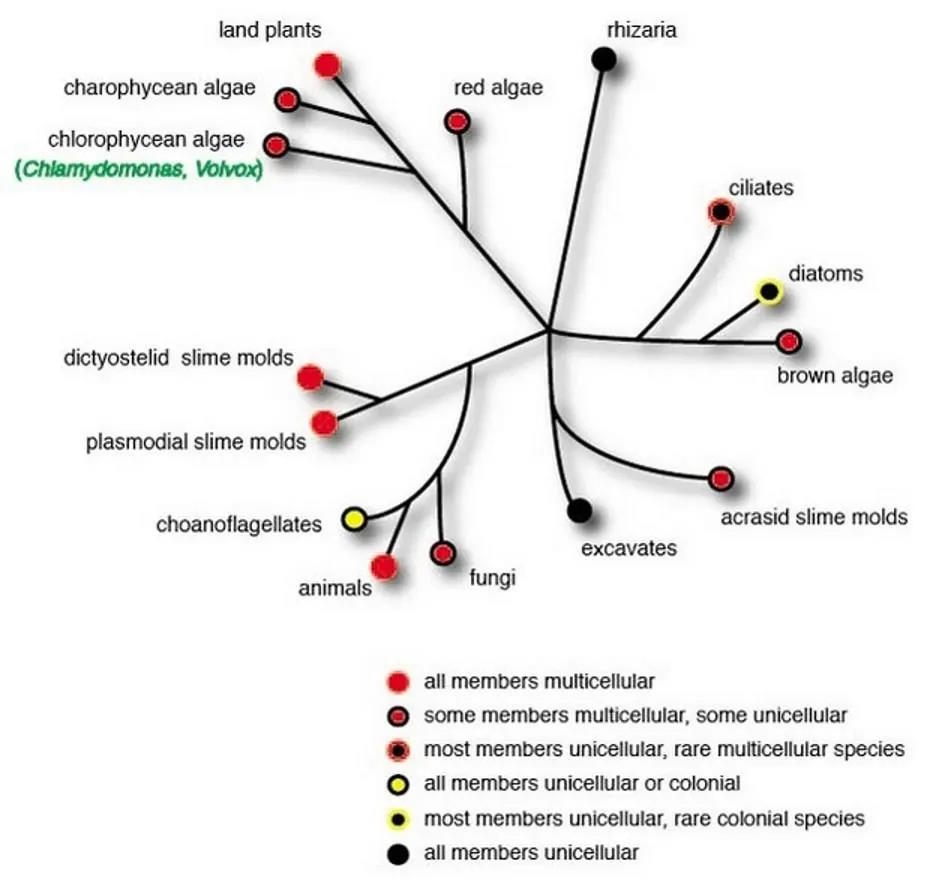
As creatures grew in complexity over enormous numbers of generations, those creatures’ genomes became larger and more information-rich. These creatures accumulated large numbers of genes that encoded for specific structures, and then once those organisms exhibited those structures, those structures would perform a variety of functions. If you’re an organism that forms those novel structures for yourself, you gain the abilities to perform the functions that those structures can perform, and those are functions that you couldn’t perform without those necessary structures.
This is the seemingly paradoxical nature of competition between the simple prokaryotes and the more complex eukaryotes and their descendants. While simpler, single-celled organisms may reproduce faster, organisms capable of performing more functions are often more adaptable, and more resilient to change.
Early on, all life on Earth was prokaryotic, and it took more than a billion years (and possibly closer to two billion years) for the first eukaryotic organisms to arise. By the time the Huronian glaciation ended and Earth was once again a warm, wet world with continents and oceans, eukaryotic life was common. Prokaryotes still existed (and still do), but were no longer the most complex creatures on our world. For life’s complexity to explode, however, there were two more steps that needed to not only occur, but to occur in tandem: multicellularity and sexual reproduction.
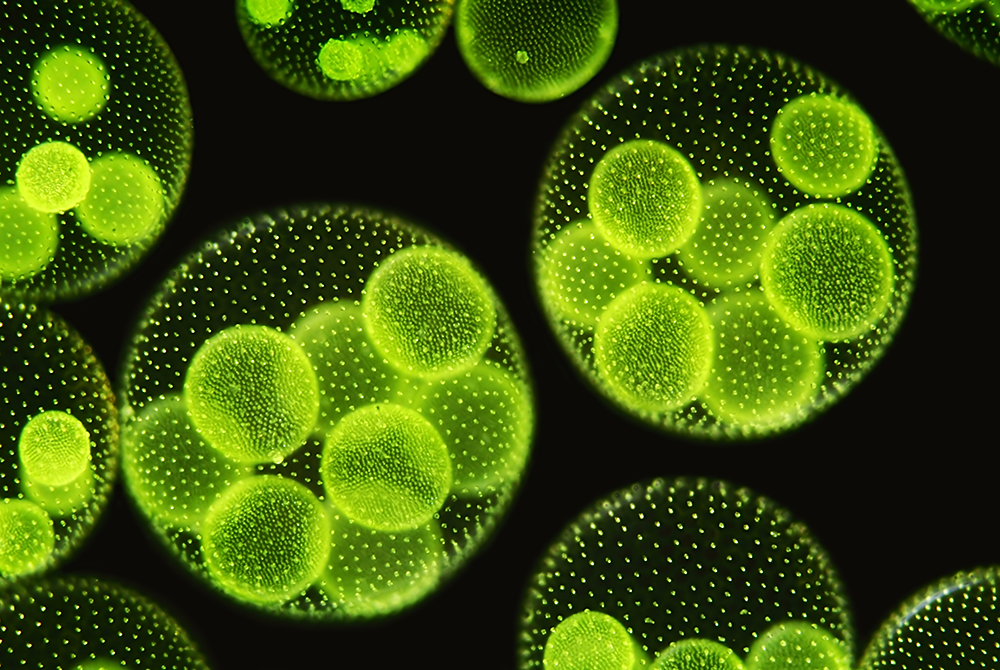
The third major development that led to truly complex life was the ability of organisms to possess not only organelles within a single cell, but multiple cells that thoroughly differ from one another. Multicellularity, according to the biological record left behind on planet Earth, is something that evolved independently numerous times. Early on, single-celled organisms gained the ability to make colonies, with many stitching themselves together to form microbial mats: something that dates back even to prokaryotic life forms. This type of cellular cooperation enables a group of organisms, working together, to achieve a greater level of success in a specific environment than any cell, on its own, could achieve individually.
Multicellularity offers an even greater evolutionary advantage beyond cellular cooperation: the ability to have “freeloader” cells, or cells that can reap the benefits of living in a colony without having to do any of the work. These freeloader cells don’t have to:
- collect or metabolize nutrients,
- protect the other cells in the colony,
- be in charge of reproduction,
or even to participate in any essential life functions. In the context of unicellular organisms, freeloader cells are inherently limited, as producing too many of them will lead to the colony’s destruction. But in the context of a multicellular life form, not only can the production of freeloader cells be turned on or off, but those cells can develop specialized structures and functions that assist the organism as a whole. The big advantage that multicellularity confers is the possibility of not just complexity, but differentiation: having multiple types of cells working together for the optimal benefit of the entire biological system.
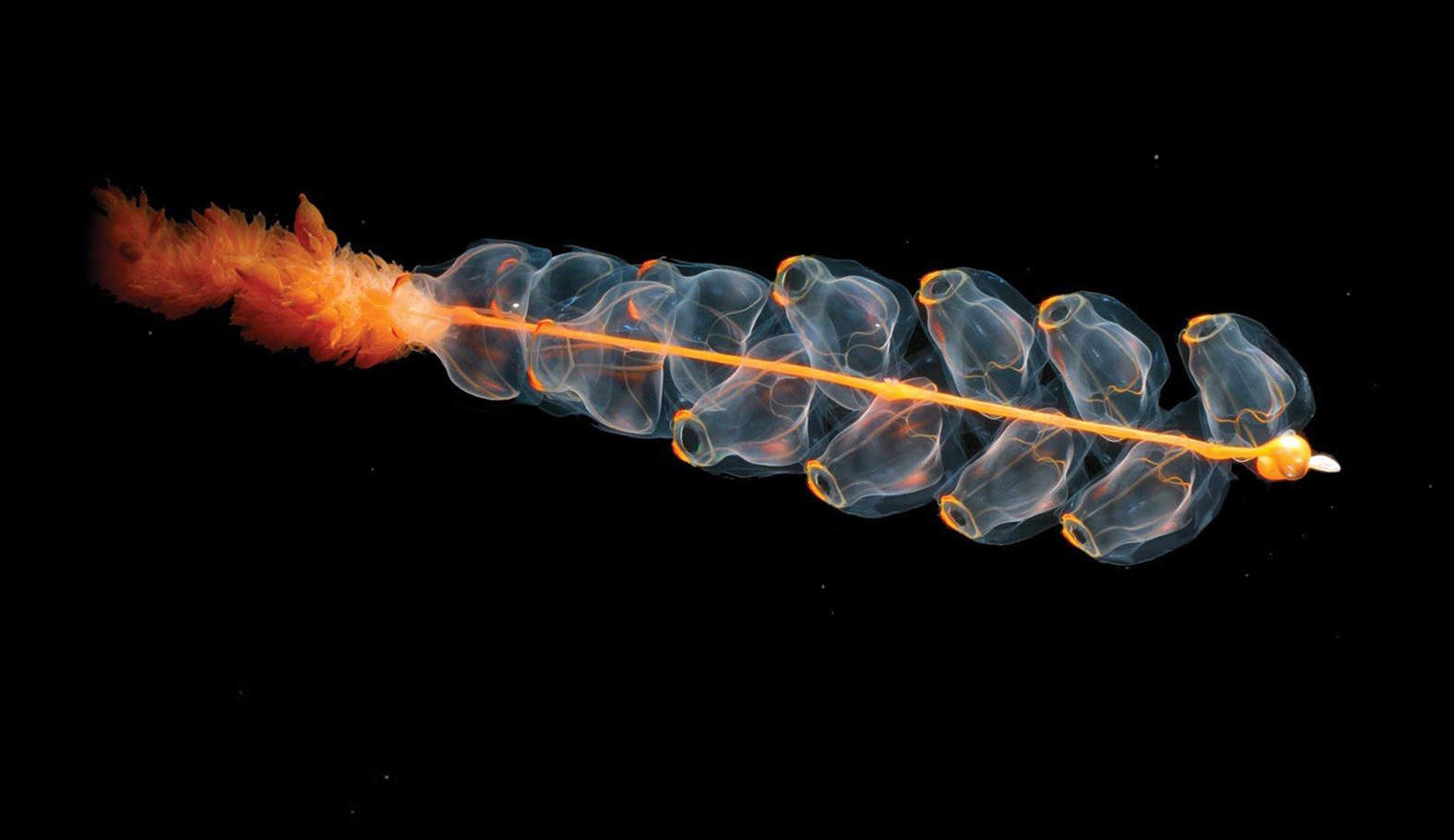
Without multicellularity, you often find individual cells within a colony competing for the genetic edge with their neighbors. However, multicellularity enables an organism to gain an additional competitive edge: the ability to harm or destroy various parts of itself to benefit the whole. According to mathematical biologist Eric Libby:
“[A] cell living in a group can experience a fundamentally different environment than a cell living on its own. The environment can be so different that traits disastrous for a solitary organism, like increased rates of death, can become advantageous for cells in a group.”
We have strong evidence today that indicates there are multiple lineages of eukaryotic organisms, with multicellularity evolving from many independent origins. Plasmodial slime molds, land plants, red algae, brown algae, animals, and many other classifications of living creatures have all evolved multicellularity at different times throughout Earth’s history. The very first multicellular organism, in fact, may have arisen as early as 2 billion years ago, with some evidence supporting the idea that an early aquatic fungus came about even earlier.
But it wasn’t through multicellularity alone that modern animal life became possible. Eukaryotes require more time and resources to develop to maturity than prokaryotes do, and multicellular eukaryotes require an even greater timespan from generation to generation than any of their single-celled counterparts do. Complexity faces an enormous barrier: the simpler organisms they’re competing with can change and adapt more quickly.
Evolution, in many ways, is like an arms race. The different organisms that exist are continuously competing for limited resources: space, sunlight, nutrients, the best location within their environment, and more. These organisms often attempt to destroy their competitors through direct means, such as predation. A prokaryotic bacterium with a single critical mutation can have millions of generations of chances to take down a large, long-lived, complex-and-differentiated creature.
How can a “lumbering dinosaur” made up of millions, billions, or trillions of cells compete against the evolutionary pressure put on them by these fast-adapting microbes?
Fortunately, there’s a critical mechanism that modern plants and animals have for competing with their rapidly-reproducing single-celled counterparts: sexual reproduction. If a competitor has millions of generations to figure out how to destroy a larger, slower organism for every generation the latter has, the more rapidly-adapting organism will win. But sexual reproduction allows for offspring to be significantly different from the parent in a way that asexual reproduction cannot achieve.
To survive, an organism must correctly encode all of the proteins responsible for its functioning. A single mutation in the wrong spot can send that plan awry, which emphasizes how important it is to copy every nucleotide in your DNA correctly. But imperfections are inevitable, and even with the mechanisms organisms have developed for checking and error-correcting, somewhere between 1-in-10,000,000 and 1-in-10,000,000,000 of the copied base pairs will have an error.
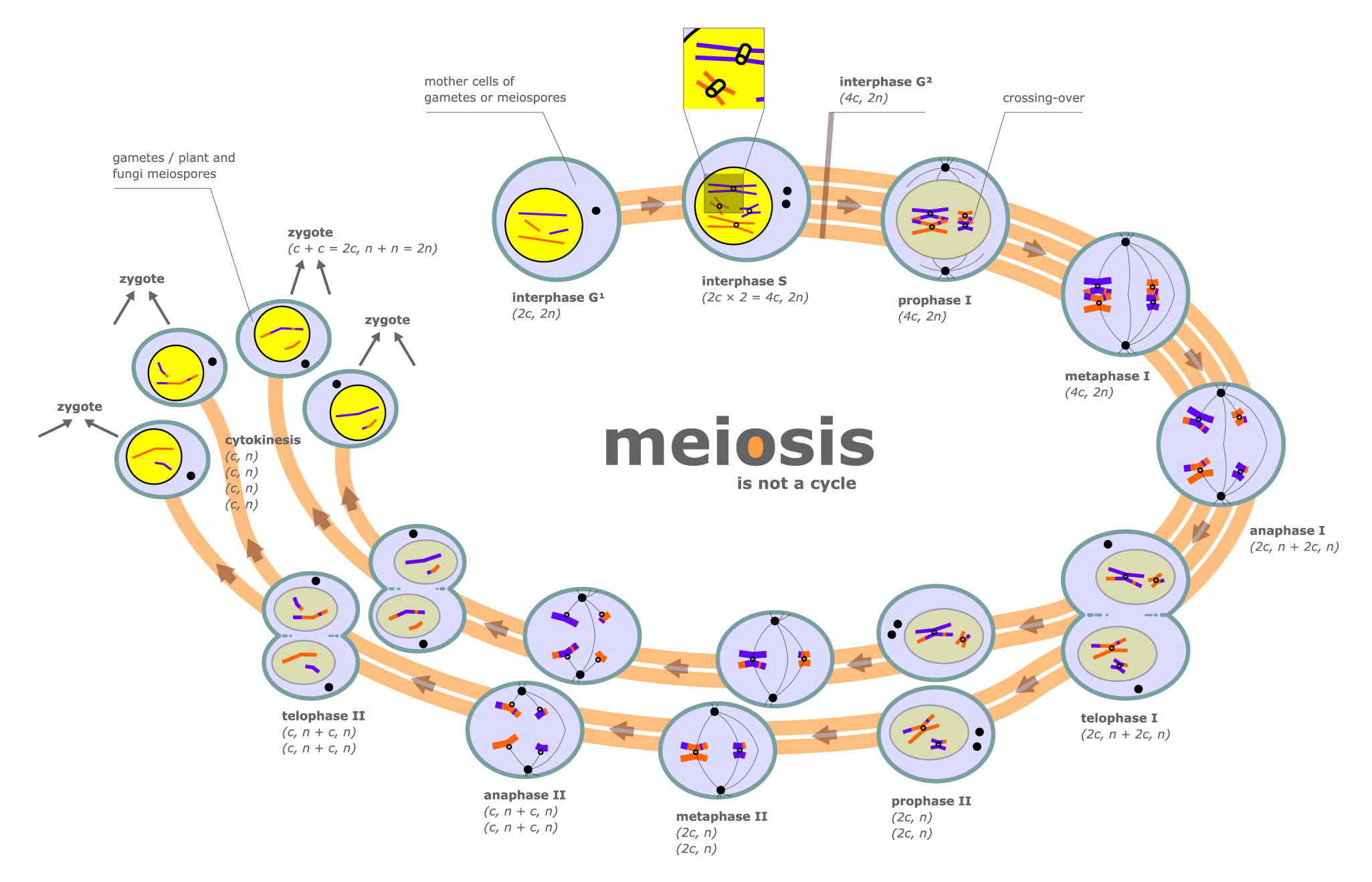
For an asexually-reproducing organism, this is the only source of genetic variation from parent to child: these random mutations. But for sexually-reproducing organisms, 50% of each parent’s DNA will compose the child, with some ~0.1% of the total DNA varying from specimen to specimen. This randomization means that even a single-celled organism which is well-adapted to outcompeting a parent will be poorly-adapted when faced with the new challenges that a child organism presents. Sexual reproduction also means that organisms will have an opportunity to successfully adapt to a changing environment in far fewer generations than their asexual counterparts. Mutations are only one mechanism for change from the prior generation to the next; the other is variability in which traits get passed down from parent to offspring.
If there is a wider variety among offspring, there is a greater chance that some of them will survive when many members of a species will be selected against. The survivors can reproduce, passing on the traits that are preferential at that moment in time. This is why plants and animals can live decades, centuries, or millennia, and can still survive the continuous onslaught of pathogenic organisms that reproduce at the rate of hundreds of thousands of generations per year.

It is no doubt an oversimplification to paint a picture that just four ingredients together:
- horizontal gene transfer,
- the development of eukaryotes,
- multicellularity,
- and sexual reproduction
are all it takes to go from primitive life to complex, differentiated life dominating a world. We know that this happened here on Earth, but we also know that it took billions of years for each of these processes to occur. We do not know what the likelihood was of each process occurring, or whether the billions of years it took for these advances to happen on Earth are typical, slower, or far more rapid than the cosmic average.
We are only a sample size of one, and that limits the power of the conclusions that we’re capable of drawing when it comes to the “odds” of these cosmic occurrences happening all together. What we do know is that life existed on Earth for upward of three billion years (and possibly closer to four) before the Cambrian explosion, which heralds the rise and ubiquity of complex animals. The story of early, relatively simple life on Earth is the story of life on Earth for most of its history, with only the last 550-600 million years showcasing the world as we’re familiar with it. After a 13.2 billion year cosmic journey, planet Earth was finally ready to enter the era of complex, differentiated, and even intelligent life.
